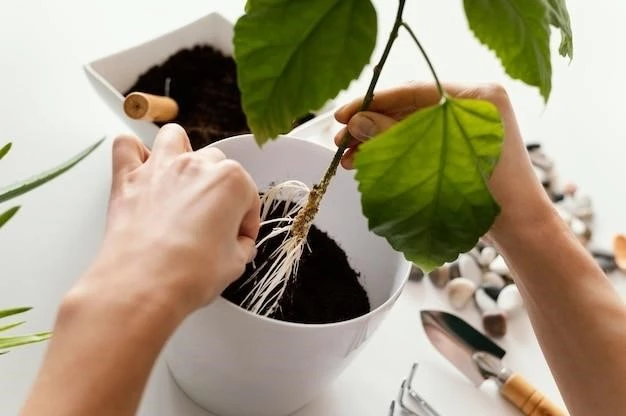Plants are amazing organisms that have adapted to survive in a wide range of environments. From the scorching deserts to the frigid arctic‚ plants have evolved unique characteristics that allow them to thrive in their respective habitats. I recently embarked on a journey to explore these fascinating adaptations‚ and I was amazed by the ingenuity of nature.

Water Conservation
In arid regions‚ water is a precious resource‚ and plants have developed remarkable strategies to conserve it. Cacti‚ for instance‚ have thick‚ waxy stems that minimize water loss through transpiration. Their spines also serve as a defense mechanism against herbivores‚ further reducing the need for water to replace lost leaves. I observed a saguaro cactus in the Sonoran Desert‚ its massive trunk storing enough water to sustain it through long periods of drought. The sight was truly awe-inspiring.

Sunlight Absorption
Sunlight is essential for photosynthesis‚ the process by which plants convert light energy into chemical energy. Plants have adapted their leaves to maximize sunlight absorption. In dense forests‚ where sunlight is limited‚ plants often have broad‚ flat leaves that capture as much light as possible. In contrast‚ plants in open areas tend to have smaller‚ narrower leaves to avoid overheating. I witnessed this firsthand when I hiked through a lush rainforest. The towering trees formed a dense canopy‚ filtering out much of the sunlight‚ and the undergrowth plants had large‚ broad leaves to catch the remaining rays.
Nutrient Acquisition
Plants require nutrients from the soil to grow and thrive. Some plants have developed specialized root systems to access nutrients that are otherwise unavailable. For example‚ legumes have symbiotic relationships with nitrogen-fixing bacteria‚ which convert atmospheric nitrogen into a form that plants can absorb. I observed a field of soybeans‚ their roots teeming with these beneficial bacteria. It was fascinating to see how these tiny organisms contribute to the plant’s growth.
Defense Mechanisms
Plants are constantly under threat from herbivores‚ pathogens‚ and parasites. To defend themselves‚ they have evolved a variety of defense mechanisms. Some plants produce toxins that make them unpalatable to herbivores. Others have thorns or spines to deter attackers. I learned about the stinging nettle‚ which has tiny hairs that inject a painful irritant into any creature that dares to touch it. The plant’s defense mechanism is a clear example of how plants have adapted to protect themselves.
Reproduction
Plants have diverse reproductive strategies that ensure the survival of their species. Some plants rely on wind pollination‚ while others depend on insects or birds to carry pollen. I was amazed by the intricate relationship between flowers and pollinators. I observed a bee buzzing from flower to flower‚ collecting nectar and inadvertently transferring pollen‚ ensuring the fertilization of the plants. This delicate dance between plants and pollinators is a testament to the interconnectedness of life.
Conclusion
My journey into the world of plant adaptations has been an eye-opening experience. I have learned that plants are not passive organisms but rather dynamic beings that have evolved remarkable adaptations to survive in a wide range of environments. From water conservation to defense mechanisms‚ these adaptations are a testament to the ingenuity of nature. I encourage everyone to explore the world of plants and appreciate the incredible diversity and resilience of these essential organisms.










